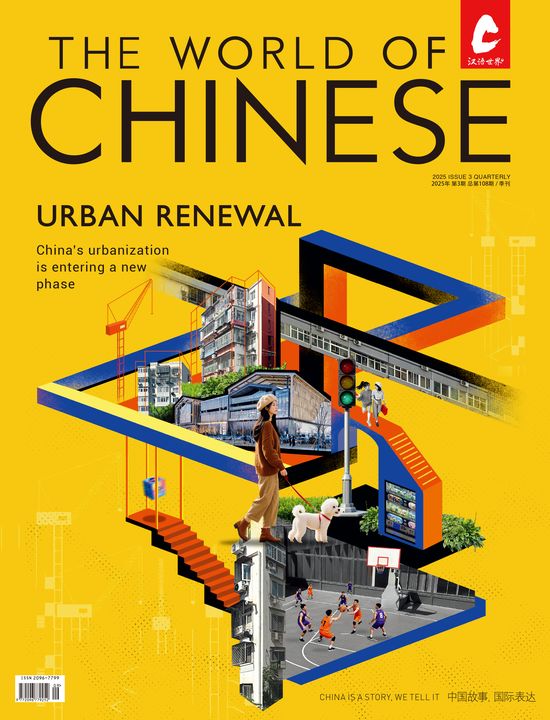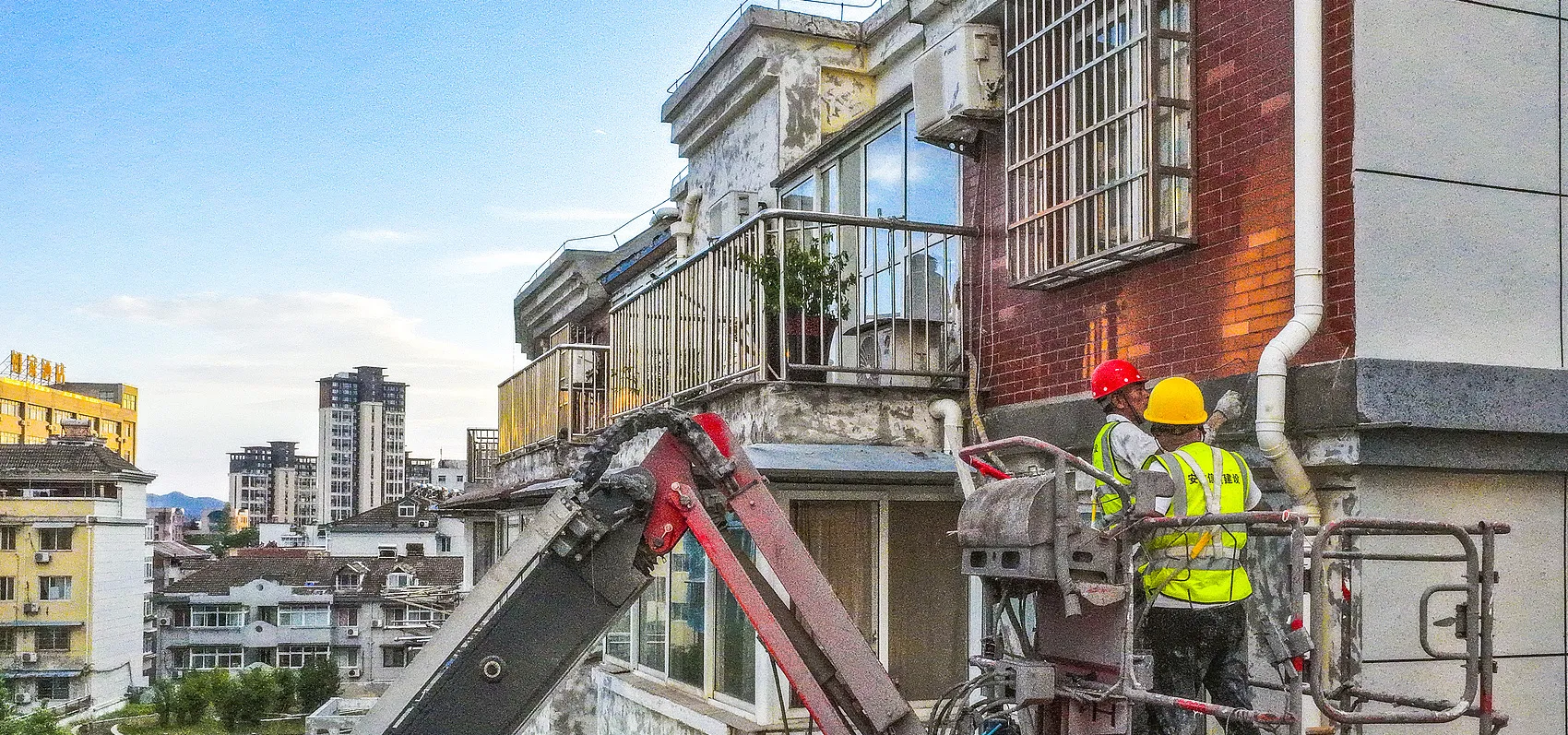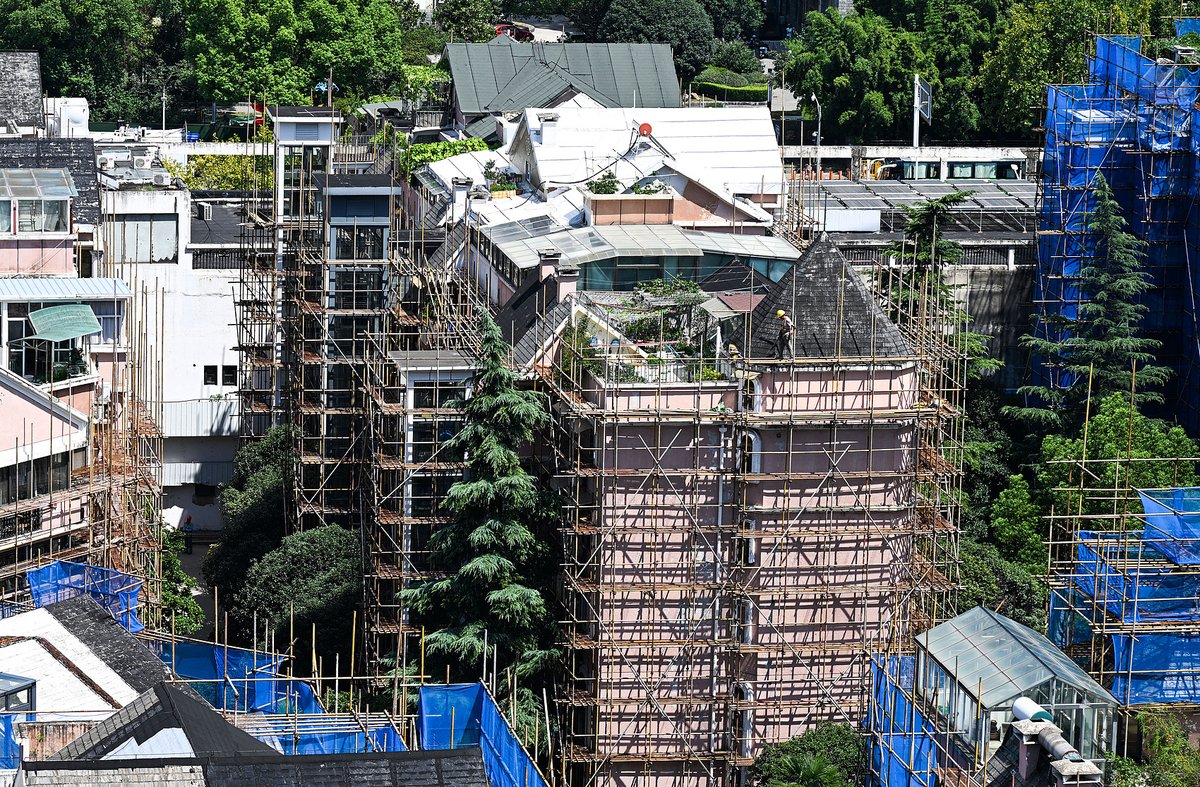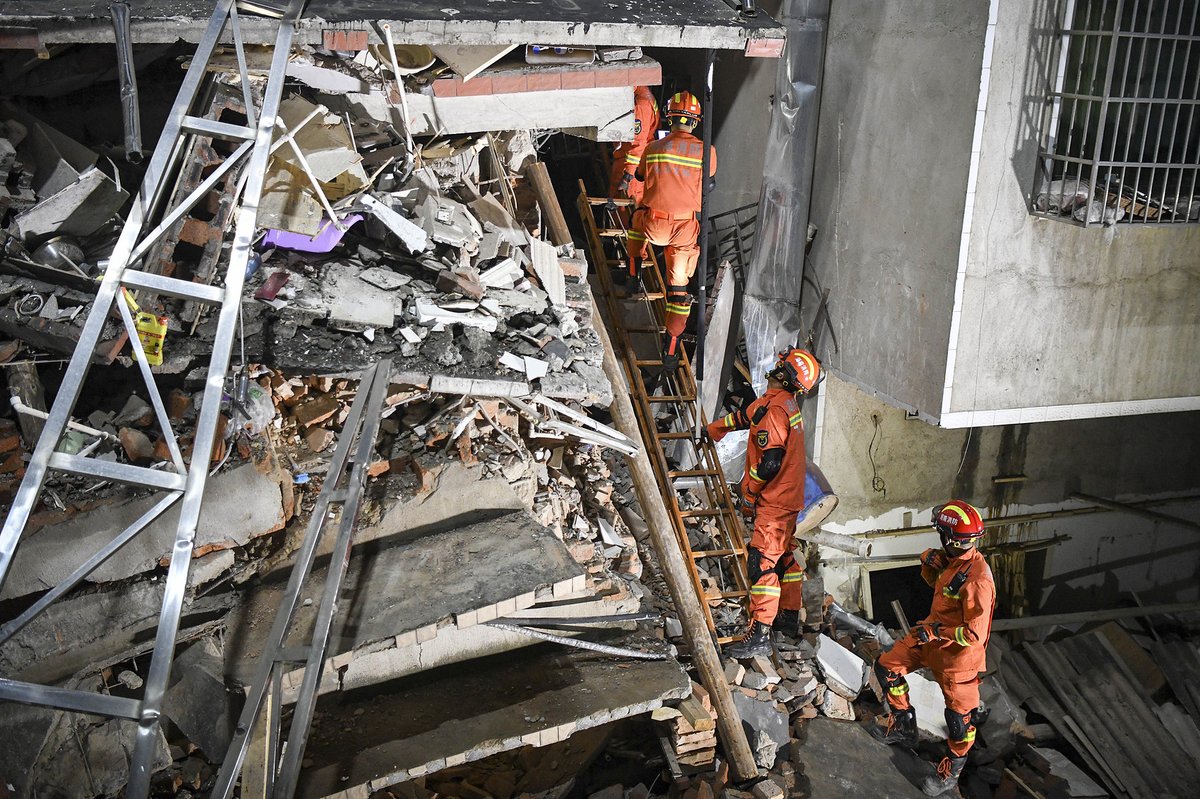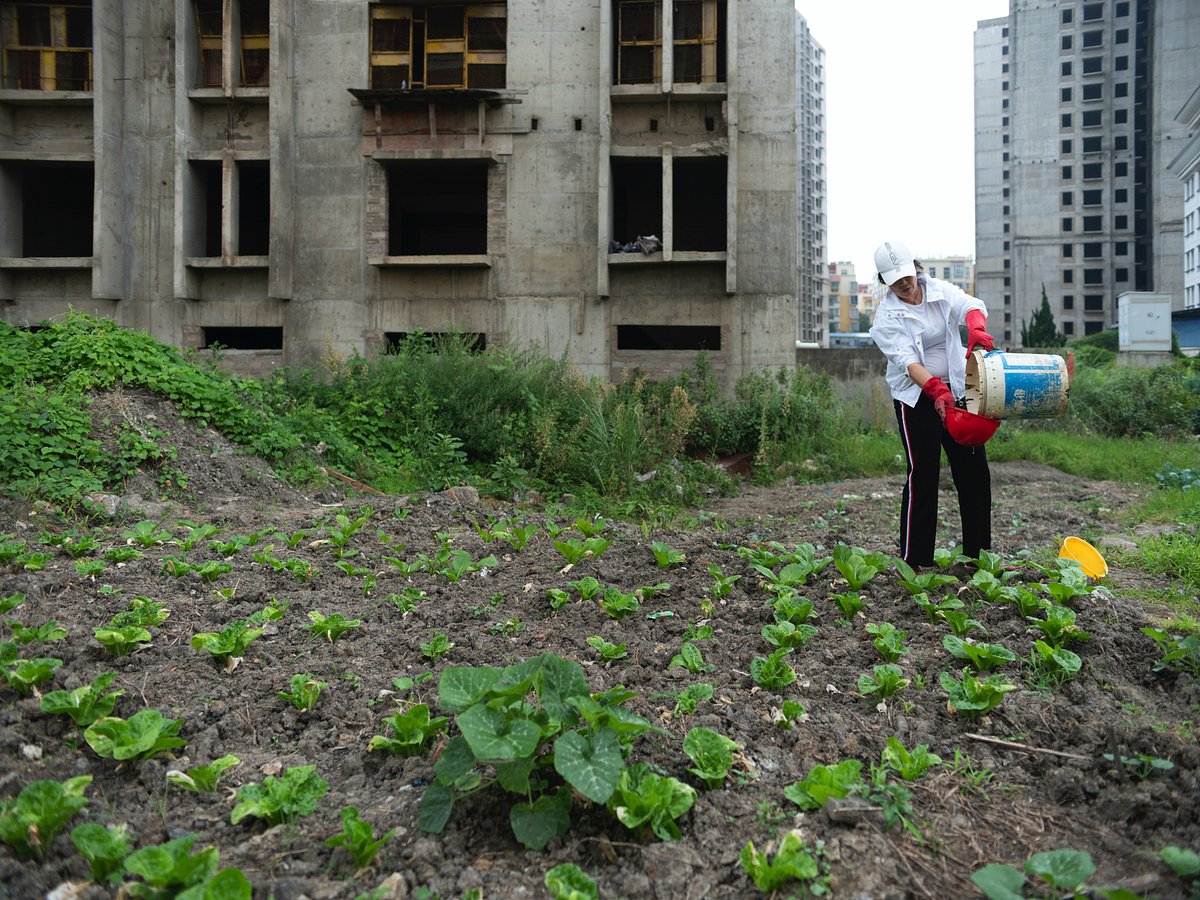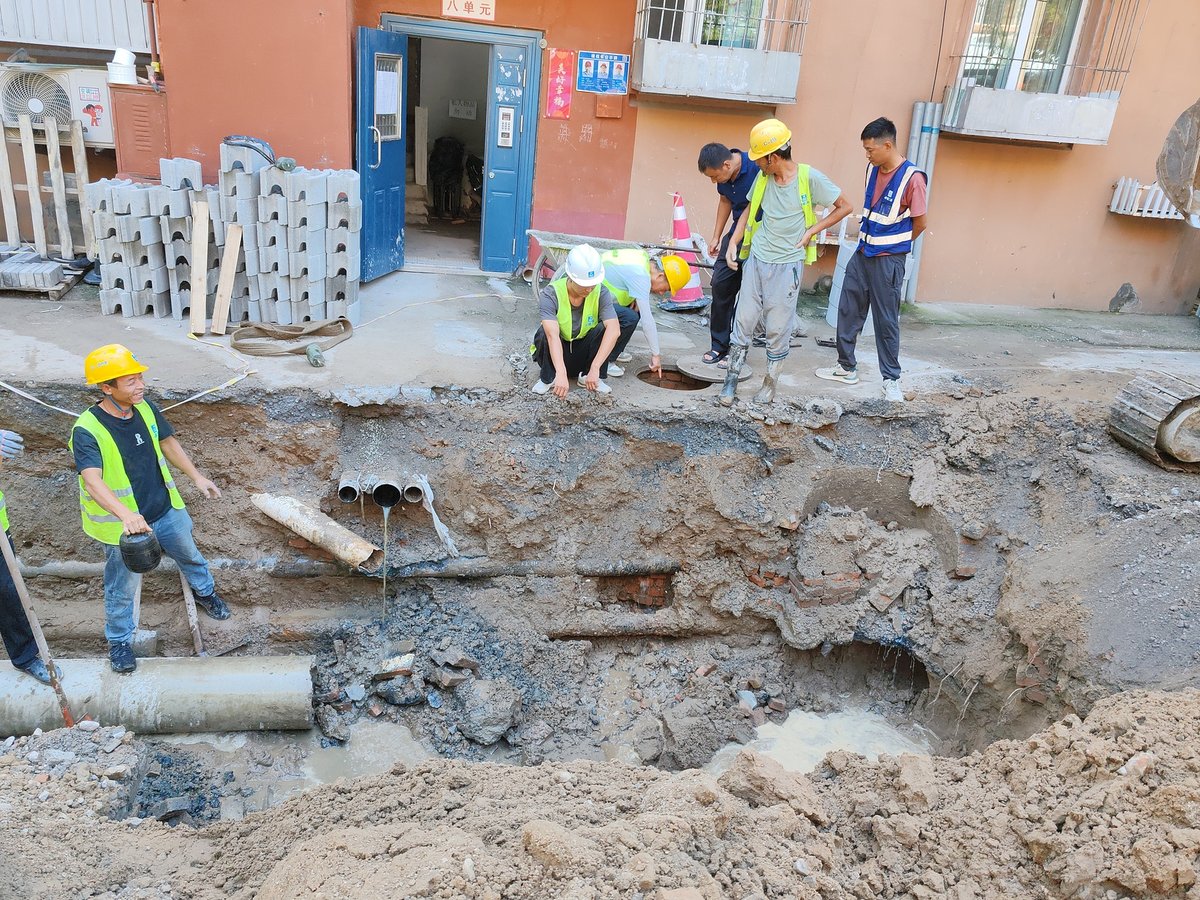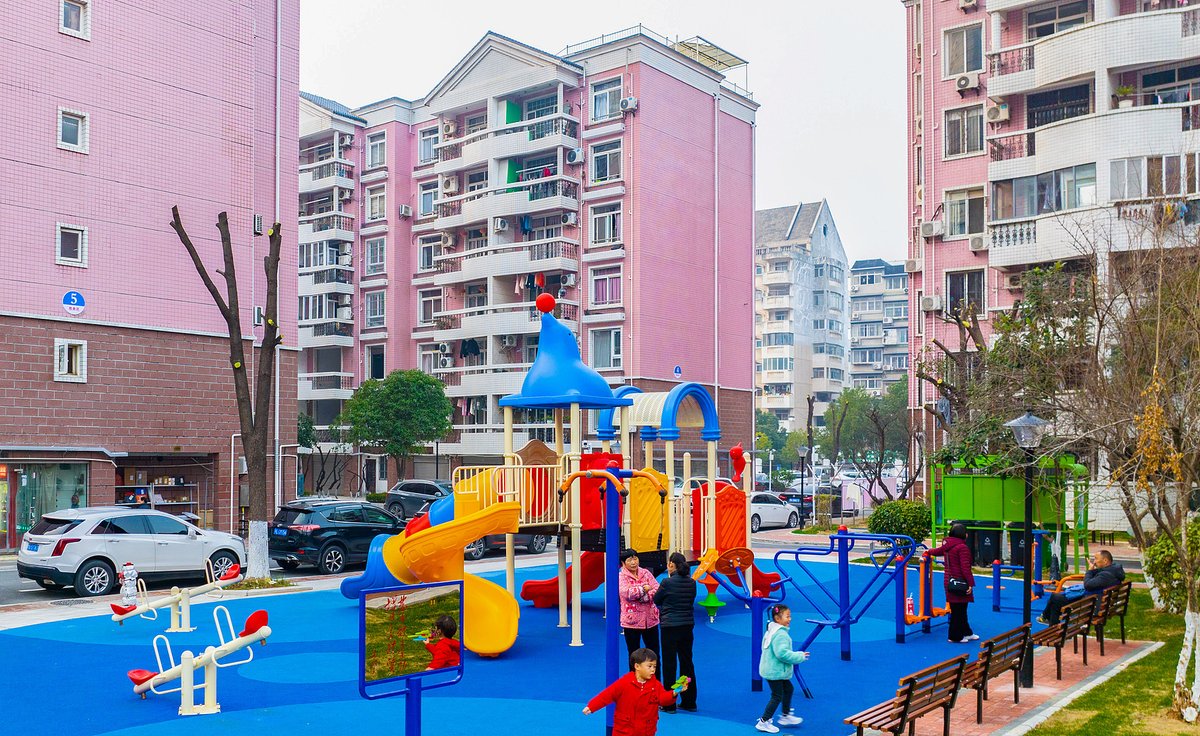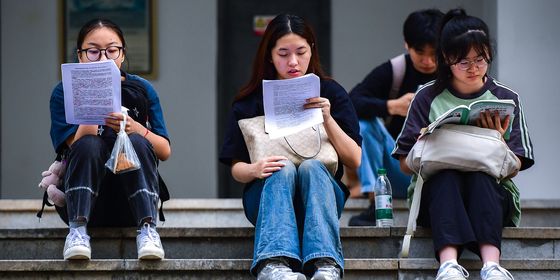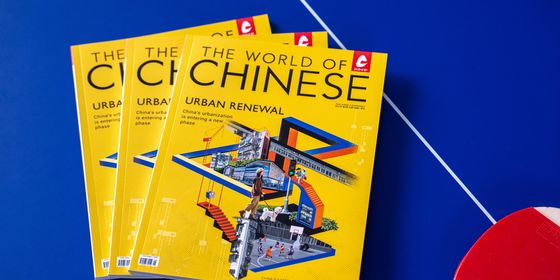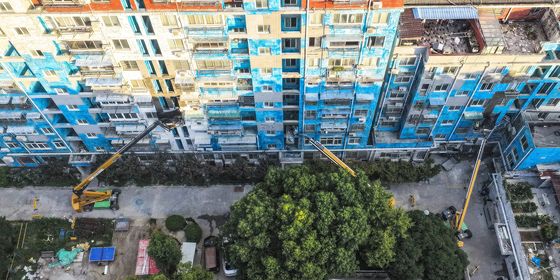China has boasted the world’s fastest urbanization over the past decades, now with over 900 million people living in the cities. However, many residents face challenges—due to poor-quality construction and a lack of management and maintenance—either to have existing problems fixed or move.
Over the past year, Gu Song and his family have given up the decade-long habit of taking after-meal strolls downstairs of their apartment block in Beijing—in fact, they dread stepping foot outside their building. “Once, a piece of tile fell down half a meter in front of me on my way out the compound’s gate,” Gu, who agreed to be interviewed under a pseudonym, recalls of this moment of equal shock and luck.
Opened in 2005, Gu’s apartment compound was advertised as a “garden villa” community boasting tree-lined sidewalks and a pond. But since the family moved in, a decade after the construction, it has more often resembled a construction site, dotted with protective nets, scaffolds, and building materials rather than flowers. Nearly 10 years of renovations have not resolved basic safety issues. Since 2018, loose tiles have been falling from exterior walls of the apartment buildings, posing a deadly danger every windy day for the compound’s approximately 1,200 households (plus vehicles and passersby).
Once an enviable symbol of urbanization and the pride of the country’s first-time homeowners, many of China’s high-rise apartment blocks are literally falling apart. Even some buildings less than 10 years old are showing cracks from design flaws, poor-quality building materials, rushed initial construction, and improper management and maintenance. This August, a piece of wall detached from an apartment building in the southern city of Changsha and killed a young woman passing underneath, just one of many similar tragedies that have become alarmingly common in the last decade.
Read more about China’s urban renewal:
- Kinder Cities: Can China Make Urban Life Friendly for Children?
- Seeds of Change: Transforming China’s Abandoned Urban Corners
- Scavenging for Door Plates: The Forgotten Stories of Urban Villagers
According to the state-run China Central Television, the property management company of this Changsha development, built in the 2010s, had agreed to fix the wall as early as July of last year, alongside ongoing water leakage issues. Renovations like these require the company to access the housing maintenance fund, which homeowners are required to pay into at the time of purchase and is kept in trust by the local government for future inspections, repairs, and renovations. The application to access these funds alone can take months or years, with many bureaucratic boxes to check: getting the consent from the majority of the compound’s homeowners, consultation with construction companies over project details, and obtaining approval from multiple government authorities, including the subdistrict office and housing management bureau.
In Gu’s community, the Xin’ao Villa estate in Beijing’s Dongcheng district, the property management company, juweihui (居委会, neighborhood committee), and subdistrict office have all so far failed to offer satisfactory solutions to the loose-tile problem. Though the long waiting time and multiple failed proposals have damaged residents’ trust in the company, they also rejected a proposal to remove the tiles and repaint the walls. “It ruins the appearance and structure of the buildings…and our property values,” Tian Zhi, another owner from the compound, argues.
Residents decided to take matters into their own hands, only to face more hurdles. They formed a homeowners’ association in 2021, and then applied for the maintenance fund and selected a construction company themselves. Renovation finally began in April last year, but resident complaints about the project’s impact, such as broken air-conditioning and water damage, soon mounted. By year’s end, work had stalled: Four buildings were left unfinished and the rest hadn’t even started, as the company demanded millions of extra yuan, citing a heavier workload than expected.
Unfinished ambitions
Since the late 1970s, China has seen the fastest urbanization rate in history. As of 2024, over 940 million Chinese now live in cities, a leap from 18 percent of the total population in 1978 to 67 percent in 2024. The real estate industry, which emerged after China’s market reforms, prospered after the housing reforms of the 1990s. The welfare housing system—where the government and state-backed enterprises built apartments for their workers— officially ended in 1998, replaced by a market-based system where properties can be freely bought and sold. Nearly 20 percent of the country’s housing stock is over 30 years old by 2022, official data shows, and the number is expected to reach 80 percent by 2040.
Chinese homebuyers are entitled to 70 years of property rights with no property tax at the moment, and regulations stipulate that new homes must service life of 50 years or more. Most homes, however, have proved much shorter-lived than that. Collapsing apartments have been periodically reported in the last 20 years. In 2014, after a 20-year-old building collapsed in Fenghua, Zhejiang province—the third one in five years in the same prefecture—experts claimed that the average service life of Chinese residential buildings was closer to 30 years. For contrast, they cited the plethora of century-old homes that still stand in the US, the UK, and even in earthquake-prone Japan.
In the unregulated property sector in the 1980s and 1990s, buildings were often constructed with brick-and-timber or brick-concrete materials and poor techniques. Builders often cut corners to save on costs and speed up construction. In the Fenghua case, the poor-quality construction was exacerbated by the fact that several households removed weight-bearing walls to change the layout of their apartments as part of DIY renovations.
Chen Shu, a structural engineer from southwestern China’s Chongqing municipality, points out that both building techniques and materials have been much improved in the last two decades. Reinforced concrete is now commonly used, and the polyvinyl chloride pipes have replaced iron pipes, which were prone to rust and leaking.
“Generally, reinforced concrete structures can last forever if not demolished,” he explains. However, the property bubble in the last decade has “shortened construction cycle at the cost of quality.”
In response to the 2008 financial crisis, the government handed out huge financial stimulus packages to the property sector in the form of land sales and homebuyers’ loans. This led to skyrocketing house prices, which encouraged profit-chasing developers to overbuild. Since the bubble burst in 2021, hundreds of property developers have gone bankrupt or defaulted on their debts. This included leading enterprises like Country Garden, which is infamous for its so-called “456” model, which promised investors fast turnovers on new projects—that is, to put new properties up for sale within four months after the land sale, achieve positive cash inflow in five months, and make funds available to invest in new projects within six months.
Country Garden is one of dozens of companies, along with Vanke, that have been plagued by shoddy construction scandals in the last decade. In the first nine months of 2018 alone, nearly 50 new developments were found to have quality issues upon delivery, such as water leaking and cracking or peeling walls, the newspaper 21st Century Business Herald estimates. Buyers who have paid for these apartments in presales have had to wait months or even years to receive a finished apartment—and in some cases, have had to move into empty shells without water or electricity while waiting for another company to take over and complete the construction.
The hands are tied
While new constructions are proving themselves unreliable, older buildings inherited from the welfare era present their own set of challenges. “The layout is nonsensical,” Feng Yanjun, a resident from Guangzhou of southern China’s Guangdong province, complains about her family’s 56-square-meter laopoxiao (老破小, “old, dilapidated, small”)—a term commonly used for houses from the last century—that her mother received from her work unit in the 90s. Built in an era when people lived more communally, the apartment has a kitchen located in the common corridor and a bedroom whose windows also face the corridor, resulting in poor natural light.
“The staircases are dark and dilapidated with some parts of steps missing, and it’s very inconvenient for the elderly,” says Feng, “but no one takes care of it, since there is no property management service for the standalone building.” Years ago, her family wanted to refurbish the apartment, but was dissuaded by construction professionals, as the aged electrical wiring could neither handle increased load, nor be replaced without huge costs.
Over the past decade, the Chinese government has been upgrading laopoxiao built before the year 2000: replacing pipes and wiring, installing elevators, increasing parking spaces, adding elderly-care and childcare services, and fixing general neglect and disrepair. Over 280,000 compounds were upgraded between 2019 and 2024, benefiting 48 million households, according to government reports.
Gu and Tian both bought their apartments in Xin’ao Villa for their proximity to good schools for their children. The compound was also close to several subway stations and parks, and seemed fashionable and user-friendly compared to laopoxiao in the area: with separate pedestrian and vehicle lanes, a green rate of nearly 40 percent, and the bright, colorful tiles that have now become deadly hazards.
The cracks began showing soon after, however. Even before the loose tiles, Tian says the plants were not well-tended, the roads were bumpy, and the elevator frequently malfunctioned. Like many urban residents, he put the blame on the property management company for failing to provide services.
However, many property management companies have claimed that their hands are tied due to homeowners’ property fees not keeping pace with the rising cost of renovations, and certain homeowners who stall necessary construction projects by refusing to sign off on agreements or pay fees. Scandals involving property management companies skimming and misusing funds also further mistrust. Tian and his neighbors found that their managers had embezzled over 1 million yuan in fees that they got from the maintenance fund for a fire-safety upgrade, as well as the earnings from leasing the compound’s parking lot and advertising spaces. “They have not been proactive about renovating the walls, and if we let them manage it, they’ll simply squander our limited funds,” says Tian, explaining why he helped organize the homeowners’ association.
Many communities have tried to remove or change their property management company—which is often affiliated with the developer—but few succeed. The first step to any kind of change is getting the majority of homeowners to agree. “It did take a lot of effort…to knock on neighbors’ doors, and call those who rented out their apartments, live in other cities, or even abroad,” Tian recalls of his work in canvassing votes for the homeowners’ association.
In addition, the association’s volunteers, many of whom were retirees in poor health, had to coordinate with the subdistrict office and construction company, mostly at their own expense. Government officials estimate that a fifth of residential compounds around China are now run by homeowners’ associations, but less than 10 percent operate effectively.
The promise of better homes
In many cases, homeowners and local authorities have decided it is easier to raze, rather than renew. In 2023, around 550 households in the eastern Chinese city of Hangzhou raised over 470 million yuan to demolish and rebuild the 13 apartment blocks in their compound, with each household paying from half a million to 1 million yuan. The same year, residents of Building 114 in Beijing’s Jingsong No.1 Community, built by a state-owned company for its employees 45 years ago, moved into new apartments reconstructed on the site of the old ones. Because the cost was partly subsidized by the state-owned company, as well as a private property developer, which won rights to manage and lease out commercial spaces in the compound, the move cost less than 100,000 yuan per household, fueling hopes among homeowners around the country of getting a similar deal.
However, this government-funded “Jingsong model” is hard to replicate. Chen, the engineer from Chongqing, points out that in both the Beijing and Zhejiang cases, the homeowners paid well below the market rate for their new homes. “In the old days, real estate developers would pay [a huge amount of] money for the land, so the government was happy to [invest],” he explains, referring to the early 2000s when it was common for the government to requisition land for property development. “But now, they get no land to sell.”
The most challenging aspect is reaching an agreement among residents, Chen emphasizes, which can require up to 100 percent consent from all homeowners in such rebuilding projects. While Jingsong’s residents were all happy to go ahead with the project, it took nearly 20 years for the Hangzhou residents to reach an agreement. Meanwhile, many of them had to shelter in hotels on typhoon days to stay safe.
Today’s homeowners no longer just want a liveable home. In March of this year, China’s State Council, the country’s highest governing body, suggested that the next step for China’s real estate sector is to focus on building “good homes”—with high standards in safety, amenities, greenness, and smartness. Starting in May, new constructions in China have had to meet higher requirements for sound insulation, sunlight, and ventilation, as well as a minimum height of 3 meters per floor and the installation of elevators in any building four stories or taller.
Neither Feng nor Gu has high expectations of getting new homes. Feng and her parents have both moved into newer buildings for better living conditions and management service, and listed their laopoxiao for sale at a reduced price, though there have been few interested buyers.
Gu isn’t sure whether his family can afford to move to a newer or better apartment. Therefore, he can only count on the renovation project to fix all the issues, starting with the walls. Until then, all he can do is “be cautious,” he sighs, “and watch where I step.”
